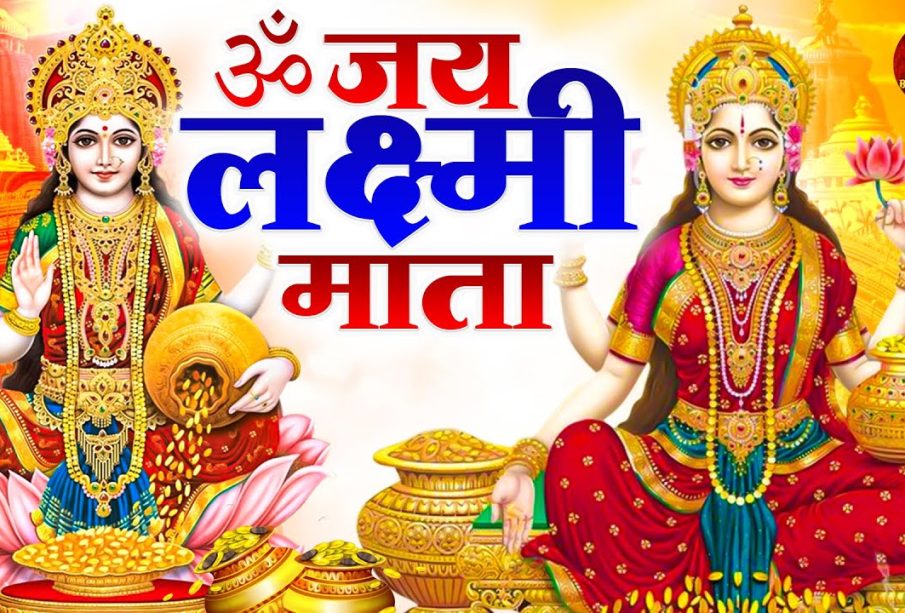Understanding Laxmi Aarti and Its Significance

Introduction
Laxmi Aarti holds great significance in Hindu culture, serving as a devotional ritual to honor Goddess Laxmi, the deity of wealth, prosperity, and abundance. Conducted especially during festivals like Diwali, this sacred ceremony not only invokes blessings but also fosters a sense of gratitude and devotion among followers. As the global interest in Indian traditions continues to evolve, understanding the rituals and importance of Laxmi Aarti has become increasingly relevant.
What is Laxmi Aarti?
Laxmi Aarti involves singing hymns and verses dedicated to Goddess Laxmi, typically performed by lighting an oil lamp (diya) and offering prayers along with flowers and sweets. The aarti ceremony usually concludes with participants rotating the lamp in front of the deity while singing a melodious chorus. This ancient practice is not only an expression of reverence but also plays a crucial role in enhancing one’s spiritual and mental well-being.
Rituals and Practices
The Laxmi Aarti can be performed in temples or at home, attracting devotees seeking prosperity. The common elements involved in the worship include:
- Preparation: Cleanliness is paramount, and homes are often decorated with rangoli and lights, especially during Diwali.
- Offering: Devotees present items like fruits, sweets, and flowers as offerings.
- Recitation: The Aarti is recited in praise of Goddess Laxmi, creating an environment filled with devotion and hope.
- Final Blessings: The ritual concludes with devotees taking the aarti’s light as a blessing, often reflected in the symbolic taking of the flame to one’s own hearts.
Significance and Cultural Relevance
Laxmi Aarti serves multiple purposes beyond mere worship. It acts as a form of meditation, encouraging participants to focus their intentions on abundance and gratitude. In a socio-economic context, particularly during turbulent times, such rituals help in rallying collective hope and fostering a sense of community.
Conclusion
As global cultures intermingle, practices such as Laxmi Aarti are witnessing renewed interest and participation. For many, it has become a beautiful way to connect with tradition while promoting values of gratitude, prosperity, and unity. As society faces challenges and uncertainties, rituals like Laxmi Aarti remind individuals of the importance of seeking wealth not just in material terms, but also in spiritual richness and community bonding.









